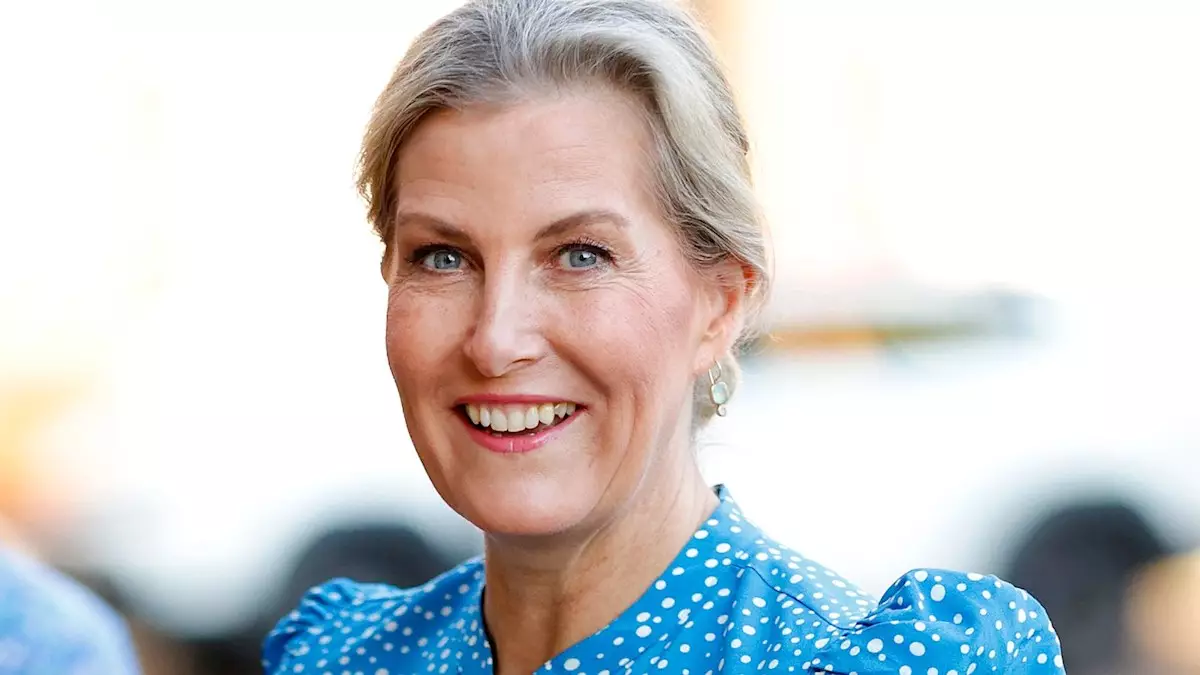The arrival of Wimbledon 2025 brings with it more than just thrilling tennis matches; it heralds the much-anticipated return of royal spectators to Centre Court. The Princess of Wales, as patron of the All England Lawn Tennis and Croquet Club, embodies the symbolic link between British royalty and this historic sporting event—an association that blends tradition with contemporary influence. Her presence isn’t merely ceremonial; it underscores a sustained royal endorsement of national pastimes that connect the monarchy with the public in subtle but meaningful ways. Unlike passive attendance, such patronages can energize national interest and broadcast a relatable image of modern royals.
Yet, I would argue that the significance of royal appearances at Wimbledon extends beyond the surface glamour. It illustrates how the monarchy remains a cultural touchstone, carefully balancing high-profile events with the demands of modern public service. It’s a delicate choreography between maintaining dignity and staying relevant, and Wimbledon provides a perfect stage for this act.
The Duchess of Edinburgh: Championing Creativity and Community
Away from the tennis courts, the Duchess of Edinburgh’s involvement with the Creative Youth and the Community Brain Fashion Show at Hampton Court Garden Festival highlights a less flashy but profoundly impactful facet of royal duty: the promotion of grassroots cultural initiatives. Community Brain’s eclectic use of arts, local history, and social enterprise revitalizes neighborhoods by nurturing both pride and economic regeneration. The Duchess’s attendance underscores an increasingly important royal trend—aligning with community-led projects that foster tangible social benefits while emphasizing creativity and heritage.
This engagement reveals more than mere attendance; it is a conscious royal embrace of culture as a catalyst for social change. In an age where the monarchy faces questions about its ongoing relevance, supporting authentic community initiatives can articulate a modern royal identity invested in societal well-being. It’s an encouraging sign of how royals can influence positive change beyond traditional charity models.
A Royal Family in Focus: The Dutch Summer Photoshoot
Across the North Sea, the Dutch royal family prepares for their annual summer photoshoot, a tradition that might seem quaint but carries symbolic heft. King Willem-Alexander, Queen Maxima, and their daughters—Princess Catharina-Amalia, Princess Alexia, and Princess Ariane—use these sessions to present a cohesive family image that resonates with their subjects. In a world saturated by social media and scrutiny, such controlled glimpses into royal life function as modern public relations, balancing privacy with public appeal.
What’s compelling about the Dutch approach is the emphasis on youth and modernization embodied by the princesses, suggesting a monarchy actively cultivating relevance for the next generation. It’s a conscious contrast to some monarchies struggling with generational disconnects. This photoshoot hints at an institution keen to adapt visually—and perhaps culturally—without abandoning tradition.
Anniversaries and Royal Fitness: Personal Dimensions of Public Lives
Prince and Princess Michael of Kent marking 47 years of marriage adds a personal, humanizing note amid the pomp and ceremony. Long-standing marriages within royal families, often under intense public gaze, carry symbolic weight—emblems of stability and commitment that constructive royal narratives hinge on. Celebrating such milestones publicly serves to reinforce a message of continuity and resilience in an institution often challenged by change.
Meanwhile, Queen Letizia’s recent appearance at a high-profile dinner in Seville not only showcased her diplomatic role alongside King Felipe but highlighted an unexpected aspect—her athleticism, evidenced by her toned arms. This visual snippet communicates a quietly revolutionary message: modern royals embody multifaceted identities, blending public duty with personal fitness and vitality. Such imagery challenges the stereotype of royals as static relics, signaling instead dynamic, active individuals who resonate with contemporary values.
Prince William and the Homewards Initiative: Royal Advocacy with Substance
Finally, Prince William’s dedication to the Homewards initiative marks a paradigm shift in royal engagement with social issues. By focusing on homelessness with comprehensive, multi-city projects, William moves beyond ceremonial charity to actionable change. The initiative’s tangible outcomes—new homes for the homeless and early intervention in education—reflect a strategic, impact-driven approach that could redefine royal philanthropy.
William’s hands-on involvement presents a refreshing commitment that not only supports vulnerable populations but also positions the monarchy as a serious participant in solving pressing societal challenges. This moves the institution closer to relevance in a modern context, countering narratives of obsolescence or detachment.
—
In examining these diverse royal activities—from festive photoshoots and celebratory anniversaries to socially conscious fashion shows and ambitious housing projects—what emerges is a multifaceted portrait of monarchy in transition. Royals are no longer distant figures bound solely by protocol; they are actively negotiating their roles in identity, culture, and community. While challenges remain, these engagements attest to a purposeful evolution, signaling a hopeful reinvention that honors tradition while embracing meaningful modernity.

